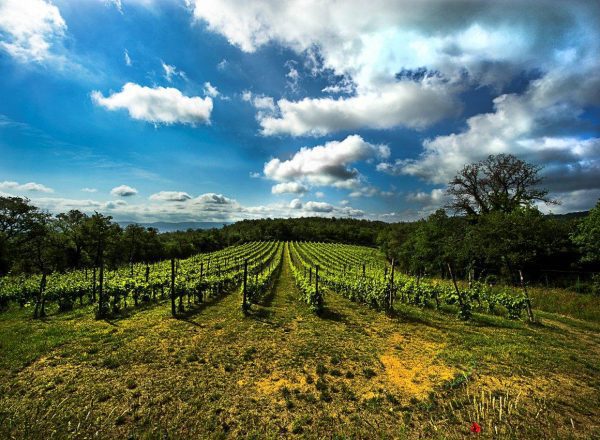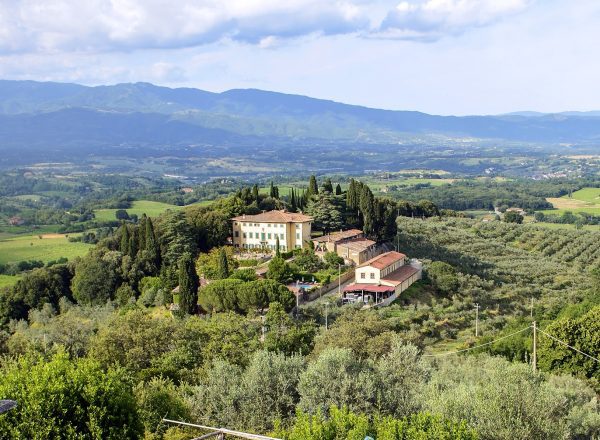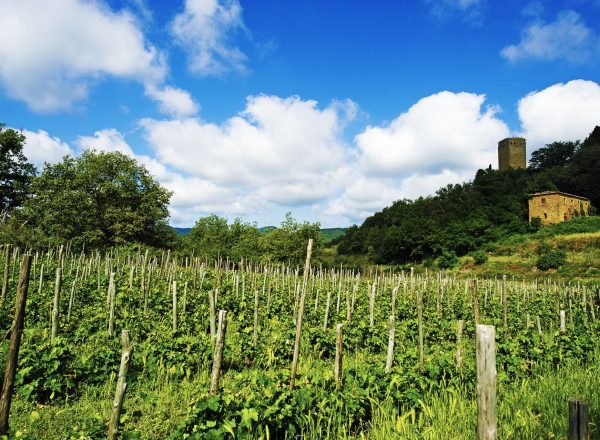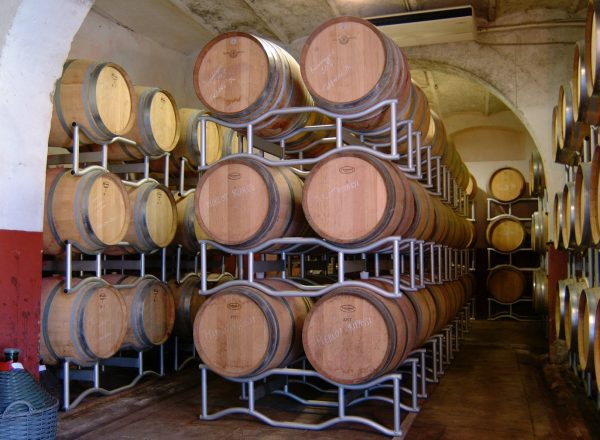
Petrolo
Bòggina B 2023
Val d’Arno di Sopra
Bòggina B is a little bit of Burgundy with a Tuscan twist. The wine is made with 100% Trebbiano Toscano. The clone of the Valdarno has been known for its quality since the 1300s, when it was regularly sent to the popes in Rome and the courts of Florence. Petrolo has been using Trebbiano grapes for its sweet vinsanto for decades, but owner Luca Sanjust decided that the time had come for a tribute to the great whites of Valdarno’s past.
VINEYARD
Bòggina B is produced from Tuscan Trebbiano planted in the 1970s at Petrolo in the Poggio vineyard and recently replanted below the Bòggina vineyard using the same original clones. Bòggina is the oldest vineyard on the Petrolo estate. Planted in 1952 by the grandfather of proprietor Luca Sanjust, it spans 13 acres. It is planted to a density of 5,500 vines per hectare and is cordon spur trained. The yield per plant is notably restricted (max 2.5 lbs per vine plant), allowing a concentration of all the noble components of the grape, fundamental for the full-bodied character of this wine.
WINEMAKING
Manual harvest in crates. Grape selection & sorting table. Soft pressing and natural vinification with native yeasts in barrique. Aging sur lies for over 15 months in French oak tonneaux.
VINTAGE
The 2023 Tuscan growing season was turbulent, beginning with a mild winter and spring before heavy rains and an April frost disrupted early growth. Persistent spring rains led to widespread downy mildew, reducing yields. A scorching heatwave in July and August halted mildew spread but caused further stress. A severe hailstorm on August 15 damaged vineyards, compounding the challenges. Production was down by about 20%, but the wines still retained good concentration and balance.
Color
White
Blend %
100% Trebbiano
Appellation
Val d’Arno di Sopra
Certifications
MADE WITH ORGANIC
Alcohol
12%
Suggested Retail Price
$95
Reviews

James Suckling - July 15, 2025 "Amazing aromas of honeysuckle, grapefruit, heather, rosemary, Meyer lemon and hints of blanched almonds. It’s medium- to full-bodied with a creamy texture and nougat flavors, as well as esters and lavender honey. Hint of beeswax, too. Burgundy method with ancient trebbiano vines. New standard for Italian whites. From organically grown grapes."

Vinous - June 26, 2025 "The 2023 Trebbiano Boggina B is one of the best vintages of this wine I have tasted. Aromatic, layered and super-expressive, the 2023 is an absolute delight from the very first taste. Floral overtones meld into apricot, peach, almond, chamomile and dried herbs. Fermentation in barrel leaves a slightly phenolic, bitter character that is quite appealing. The long, substantial finish is eternal."
Trade Materials
Other Wines by this Producer
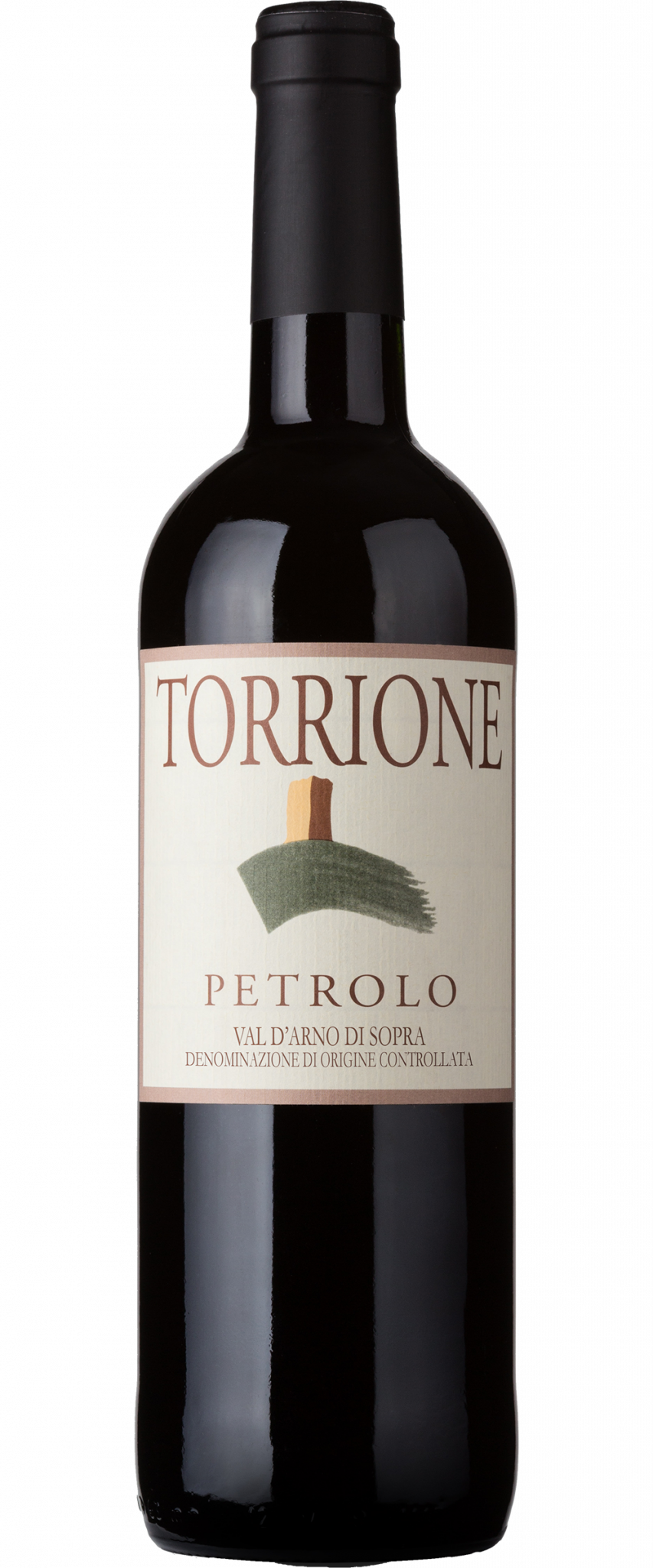
Torrione
Val d'Arno di Sopra
Torrione is made primarily from Sangiovese grapes, both those that come from historic vines of the 1970s and ones more recently planted with high density. The yield per plant is notably restricted, allowing a concentration of all the noble components of the grape, fundamental for the full-bodied character of this wine. The fruit intensity and its black character make it a comparison to Brunello at several times the price.
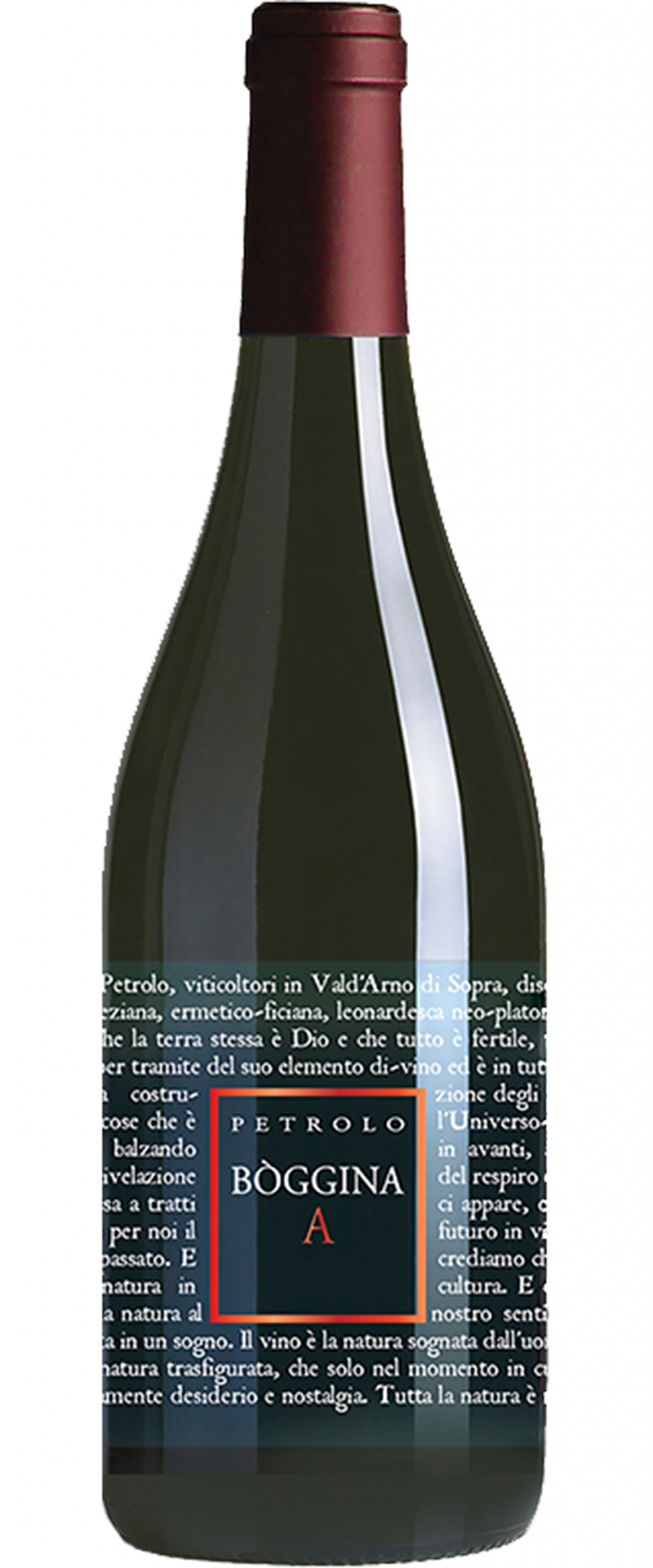
Bòggina A
Val d'Arno di Sopra
Every year, Petrolo selects a small lot of Bòggina, a wine made purely from their best Sangiovese grapes, to ferment in amphorae. The choice of amphorae has a historical dimension to get closer to Tuscany's cultural roots, as Terracotta in Tuscany has a history back to the early Etruscan times. The remains of amphorae and other Etruscan relics can be found throughout the Petrolo property, an area that has been settled for thousands of years.
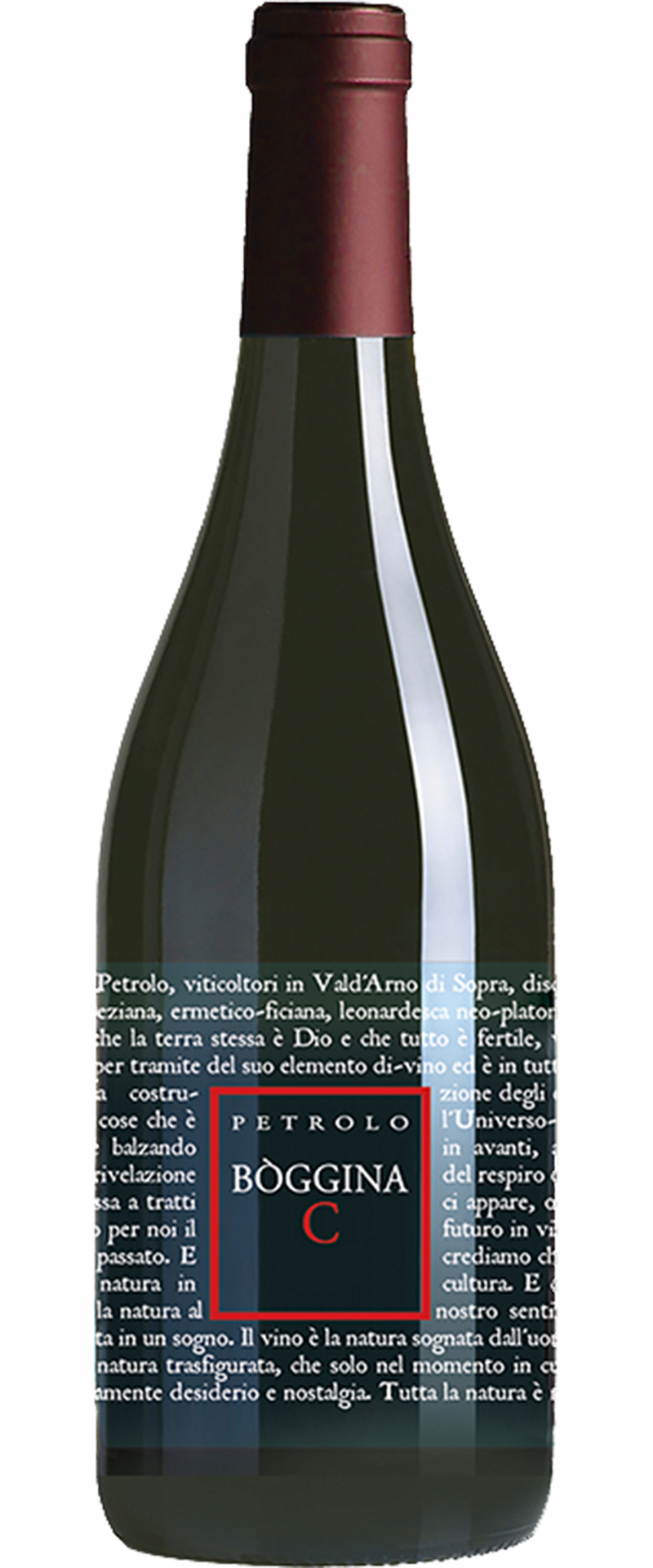
Bòggina C
Val d'Arno di Sopra
Boggina is bottled from the best barrels of Sangiovese produced each year from the Boggina hill, planted in the 1950’s by Luca’s grandfather. Bòggina is the oldest vineyard on the Petrolo estate, and the source of Petrolo’s most prized Sangiovese vines.
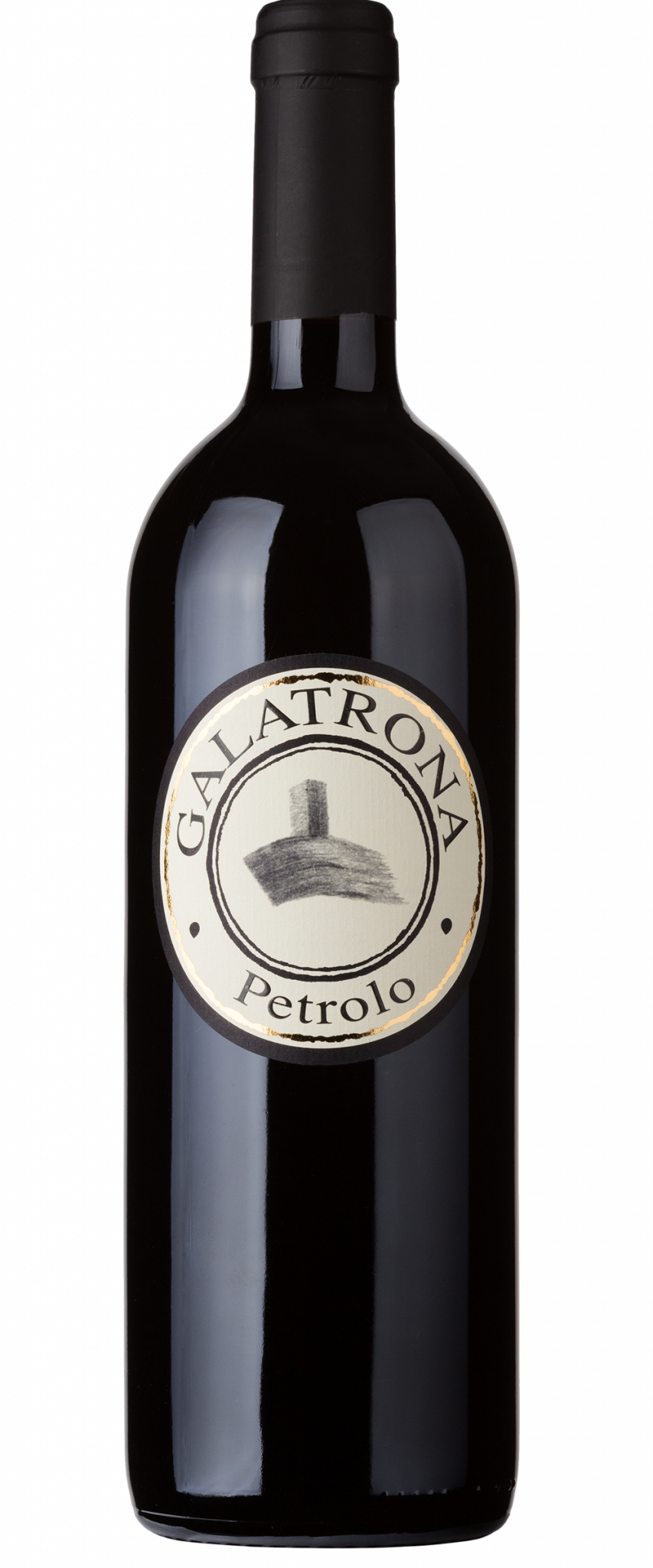
Galatrona
Val d'Arno di Sopra
Galatrona is a cru made entirely from Merlot grapes coming exclusively from a single vineyard planted in the early ‘90s. Year after year, it is recognized critically (the “Le Pin of Tuscany” by Wine Spectator, for example) but, more importantly, understood as being a reflection of its site far more than its grape varietal.
